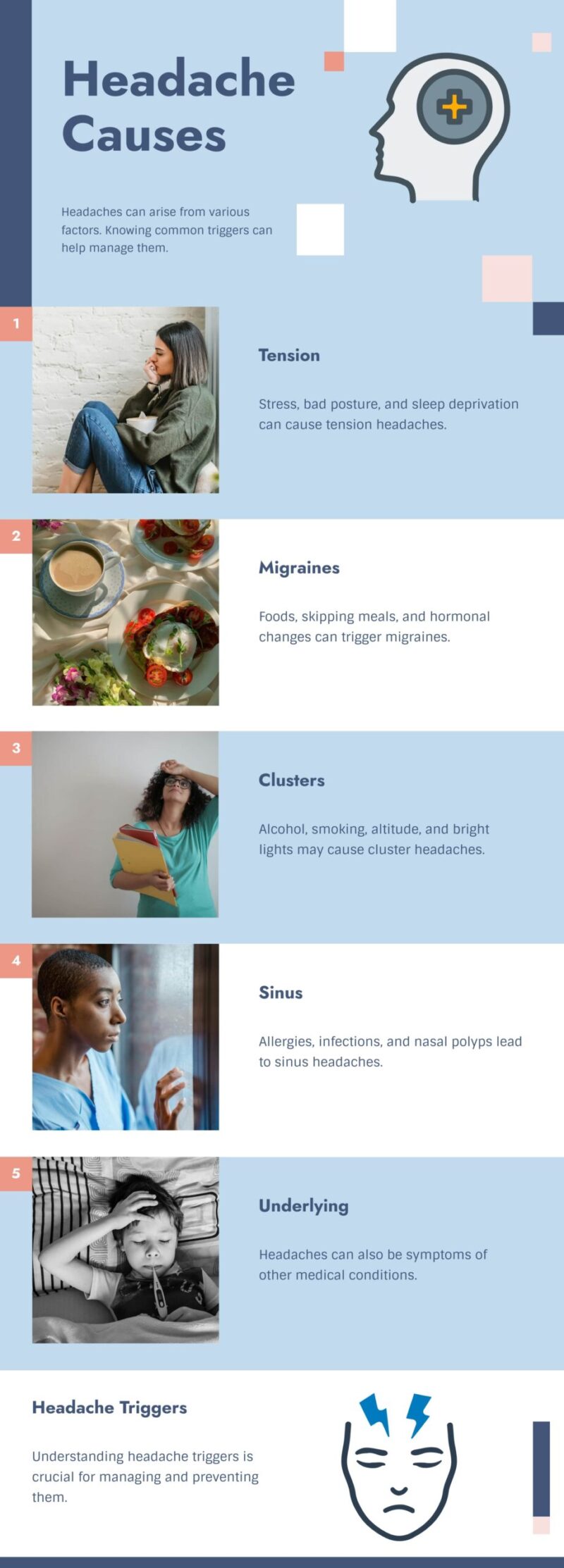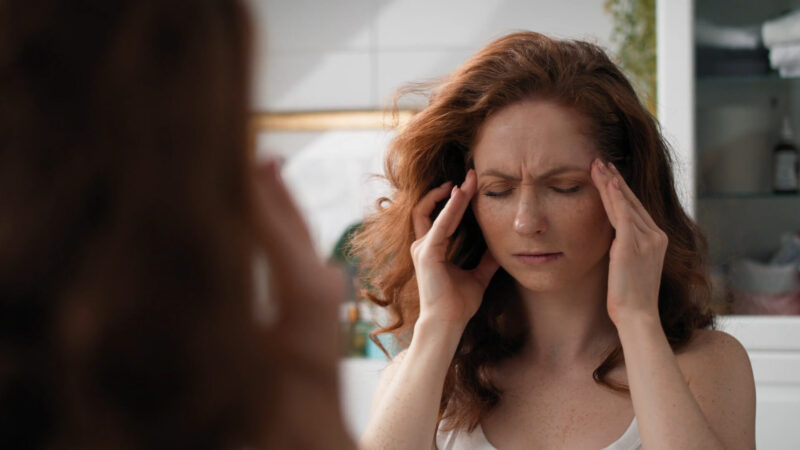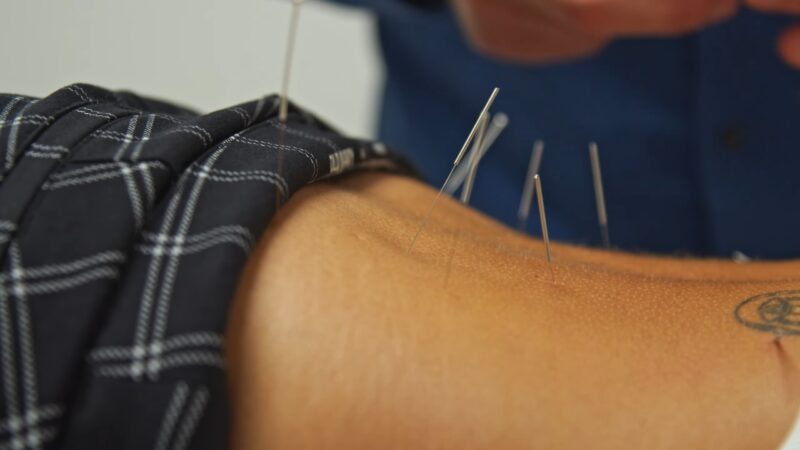Common Headache Causes affects millions of people around the world. They can range from mild discomfort to debilitating pain, and the causes can vary significantly. For some, headaches may occasionally arise due to stress, lack of sleep, or dehydration, while for others they can be persistent or recurrent, severely impacting their quality of life. Serious underlying disorders, such as brain tumors, are rarely the cause of headaches.
Comprehending the root causes and triggers of headaches is critical in finding effective relief and managing the condition.
See a doctor if you experience headaches more often than usual. Are more severe than usual. Worsen or don’t improve with appropriate use of over-the-counter drugs.
Key Takeaways
- Understanding headache causes and triggers is crucial for effective relief and management.
- Accurate diagnosis and personalized treatment plans help in managing different types of headaches.
- Prevention and knowing when to seek medical advice are vital for long-term headache management.
Types of Headaches

There are four main types of headaches:
- Tension headaches – the most common type, often caused by muscle contractions in the head or neck.
- Migraines – characterized by severe, throbbing headaches usually on one side of the head.
- Cluster headaches – intensely painful headaches that occur suddenly and in clusters for some time.
- Sinus headaches – caused by inflammation or infection of the sinuses.
In addition to these primary headache types, there are secondary headaches caused by underlying medical conditions or external factors.
Common Headache Causes

Tension Headaches:
| Trigger | Description |
|---|---|
| Stress | Anxiety, tension, and emotional strain can lead to tension headaches. |
| Poor posture | Bad Posture, sitting or standing in a hunched position can strain muscles, causing tension headaches. |
| Lack of sleep | Insufficient sleep can significantly contribute to tension headaches. |
Migraine Triggers:
- Food and drinks: Certain foods (aged cheese, processed meats), drinks (alcohol, caffeine), and additives (aspartame, MSG) can be triggers for migraines.
- Skipping meals: Irregular eating habits and low blood sugar levels can provoke migraines.
- Hormonal changes: Female hormones play a role in migraines, with some women experiencing migraines around their menstrual cycle.
Cluster Headaches:
Although the exact cause of cluster headaches remains unclear, potential triggers include:
- Alcohol consumption
- Smoking
- High altitude
- Bright lights
Sinus Headaches:
These headaches are often due to sinus infections or inflammation caused by:
- Allergies
- Respiratory infections
- Nasal polyps
Understanding the nature of headaches can help in identifying their triggers, which is an essential step to finding relief.
Diagnosis

A thorough medical evaluation is an essential step in diagnosing headaches. This process typically begins with a detailed patient interview focusing on:
- Headache history
- Onset and frequency
- Location and intensity
- Associated symptoms
- Possible triggers
Following the interview, a physical and neurological examination is conducted to identify any underlying conditions or abnormalities. In some cases, further diagnostic tests such as blood tests, imaging studies (CT, MRI), or lumbar punctures may be necessary to rule out potential causes.
Diagnostic Criteria
The International Classification of Headache Disorders 3rd edition (ICHD-3) serves as a crucial resource for healthcare professionals in diagnosing headaches. It outlines specific diagnostic criteria for various headache types, such as:
- Tension-type headache (TTH)
- Migraine
- Cluster headache
- Medication-overuse headache
A summary of the diagnostic criteria for these common headaches is provided in the table below:
| Headache Type | Criteria |
|---|---|
| Tension-type headache | – At least 10 episodes lasting 30 minutes to 7 days – Mild to moderate intensity – Bilateral location – Not aggravated by routine physical activity |
| Migraine | – At least 5 episodes lasting 4 to 72 hours – Moderate to severe intensity – Unilateral location (usually) – Pulsating quality – Nausea and/or vomiting – Photophobia and phonophobia |
| Cluster headache | – At least 5 episodes lasting 15 to 180 minutes – Severe intensity – Unilateral location around the eye – Occurring once every other day up to 8 times a day – One or more of the following symptoms: tearing, nasal congestion, eyelid edema, forehead and facial sweating, miosis, ptosis, or eyelid edema |
| Medication-overuse headache | – Headache present on 15 or more days per month – Regular overuse of medication(s) for headache for more than three months – Headache develops or worsens during medication overuse – Headache resolves or reverts to its previous pattern within two months after discontinuation of overused medication |
By using the ICHD-3, healthcare professionals can reliably diagnose and classify headaches, paving the way for appropriate treatment and management strategies.
Treatment Strategies

There are various medications available to help manage headaches. Some of the common choices include:
- Over-the-counter (OTC) pain relievers:
- Acetaminophen
- Aspirin
- Ibuprofen
- Naproxen
- Prescription medications:
- Triptans (e.g., sumatriptan, rizatriptan) for migraines
- Ergotamine derivatives (e.g., dihydroergotamine) for severe migraines
- Preventive medications (e.g., beta-blockers, antidepressants, anticonvulsants) to reduce headache frequency
Always consult a healthcare professional before taking any medication.
Lifestyle Modifications
Adopting certain lifestyle changes can help prevent or reduce headache frequency. Some important modifications include:
- Maintain a regular sleep schedule: Aim for 7-9 hours of sleep per night.
- Stay well-hydrated: Drink at least 8 cups of water daily.
- Manage stress: Practice stress-reduction techniques, such as deep breathing, meditation, and yoga.
- Exercise regularly: Aim for at least 30 minutes of moderate-intensity aerobic activity most days of the week.
- Avoid triggers: Maintain a headache diary to identify and avoid potential headache triggers, such as specific foods, alcohol, or caffeine.
Alternative Therapies

Alternative therapies can offer natural relief for headaches. Some popular options include:
- Acupuncture: Involves the insertion of thin needles into specific points on the body to alleviate pain.
- Massage: Helps relieve tension and alleviate headache pain by manipulating head, neck, and shoulder muscles.
- Biofeedback: Teaches individuals to recognize and control physical responses related to stress and headaches.
- Aromatherapy: Essential oils, such as lavender and peppermint, can help soothe headache symptoms.
Always consult a healthcare professional before trying any alternative therapies.
Prevention and Management

Preventing Common Headache Causes can be achieved through simple lifestyle changes and habits. Here are some suggestions to help reduce the frequency and intensity of headaches:
- Stay hydrated: Make sure to drink enough water throughout the day. Dehydration can trigger headaches in some individuals.
- Maintain a consistent sleep schedule: Aim for 7-9 hours of sleep each night and avoid significant deviations in your sleep schedule.
- Manage stress: Engage in stress-reducing activities such as yoga, meditation, or deep breathing exercises.
- Regular exercise: Aim for at least 150 minutes of moderate-intensity aerobic activity, such as brisk walking or swimming, each week.
- Avoid known triggers: Keep a headache diary to track potential triggers, such as certain foods, alcohol, or caffeine, and make efforts to avoid them.
- Maintain a healthy diet: Emphasize fruits, vegetables, whole grains, and lean protein sources while minimizing processed and sugary foods.
When to Seek Professional Help
Although most headaches can be managed with over-the-counter remedies or by avoiding triggers, there are instances when seeking professional help is necessary. It is important to recognize warning signs that might indicate a more serious underlying condition.
Some of these warning signs include:- Sudden onset of a severe headache
- A headache accompanied by fever or a stiff neck
- A headache that worsens over time or with physical activity
- Changes in vision, speech, or balance
- Numbness or weakness in the arms or legs
If you experience any of the above symptoms, it is crucial to consult a healthcare professional promptly.
FAQs
Conclusion
Many people have common headache causes, but they can vary. To deal with headaches effectively, you need to understand what causes them and how to find relief.
There are different types of headaches like tension, migraine, and cluster headaches. Knowing which type you have is important to choose the right treatment.
It’s important to see a doctor to find the best treatment for your type of headache. By understanding the causes and finding the right relief, you can manage headaches and improve your quality of life.

